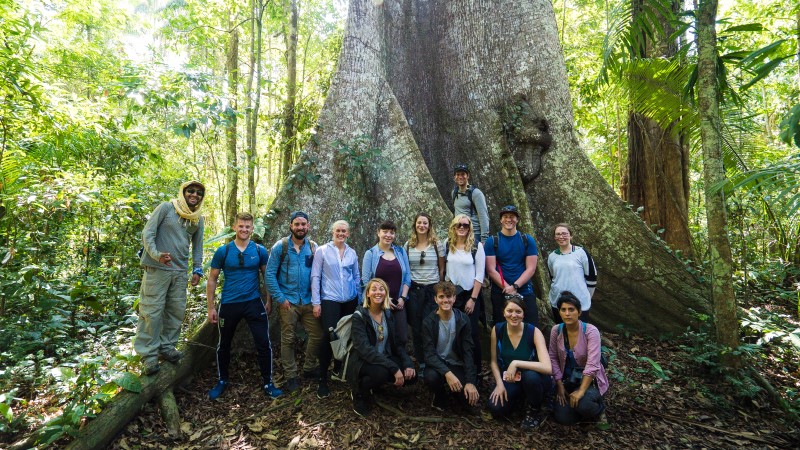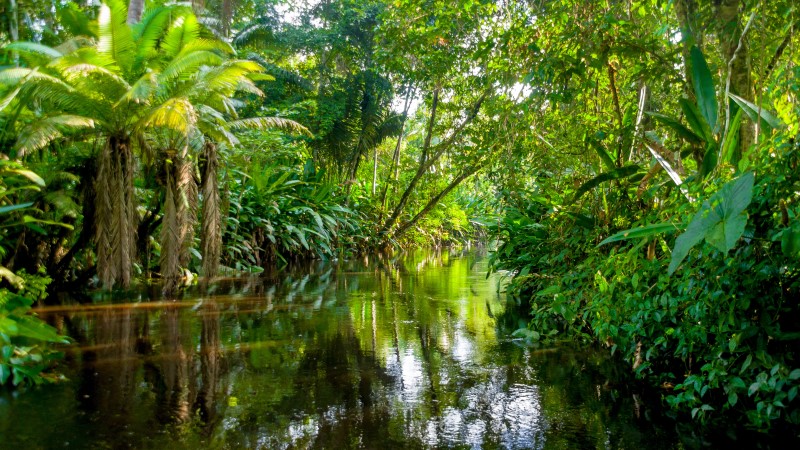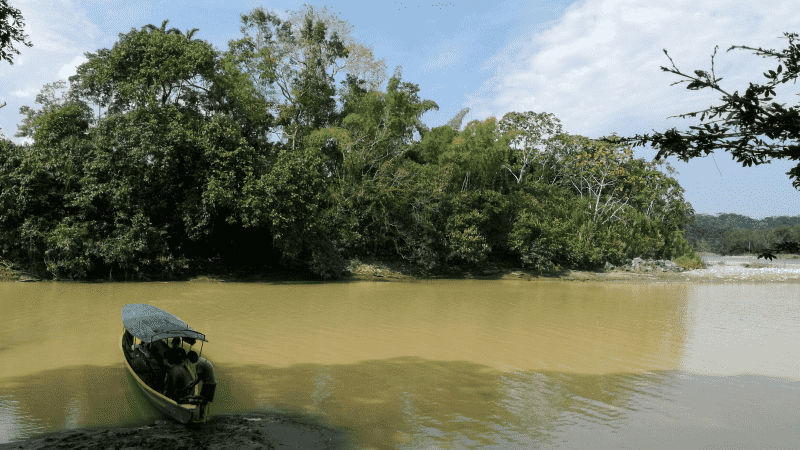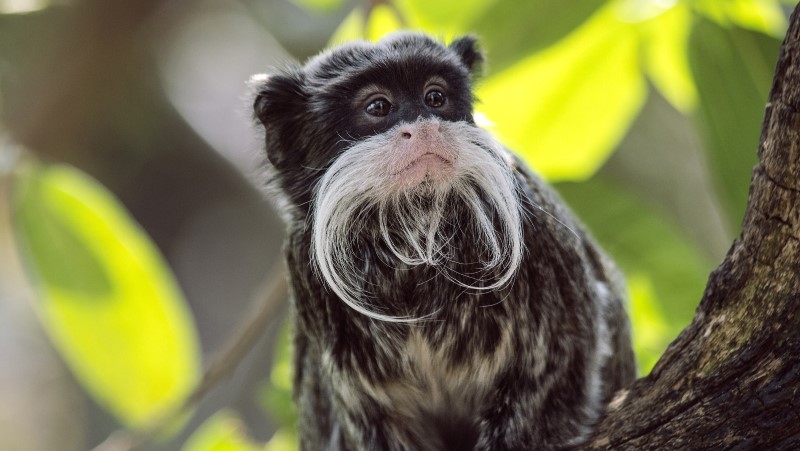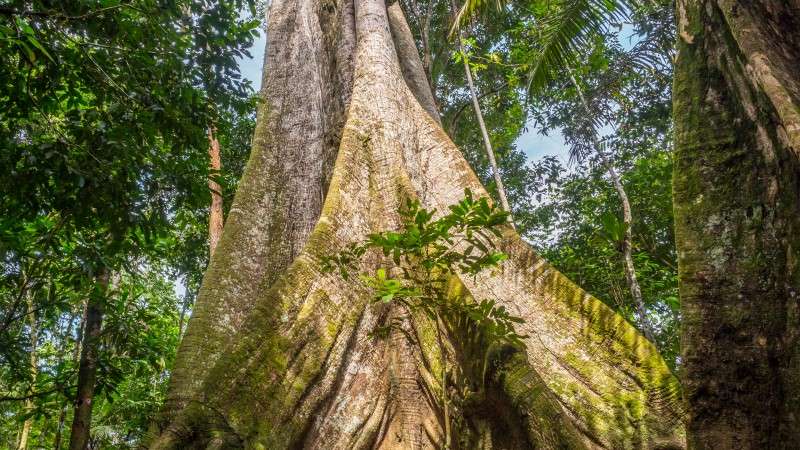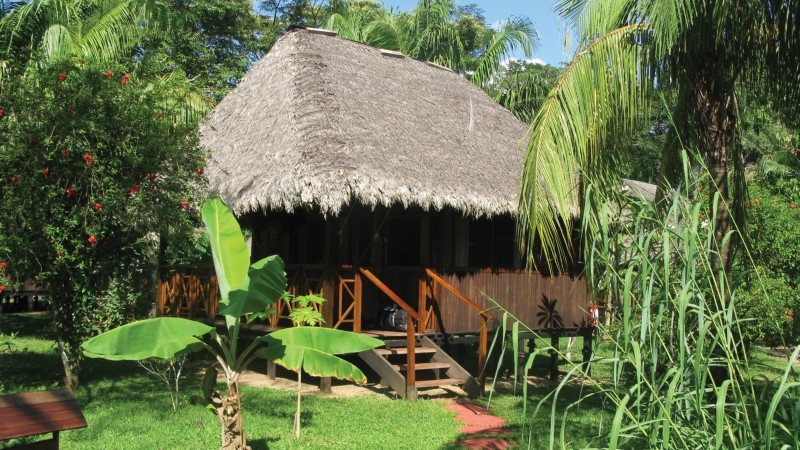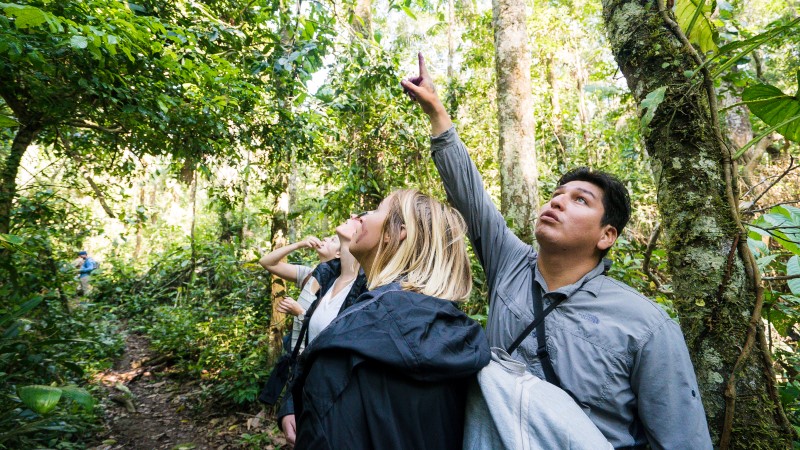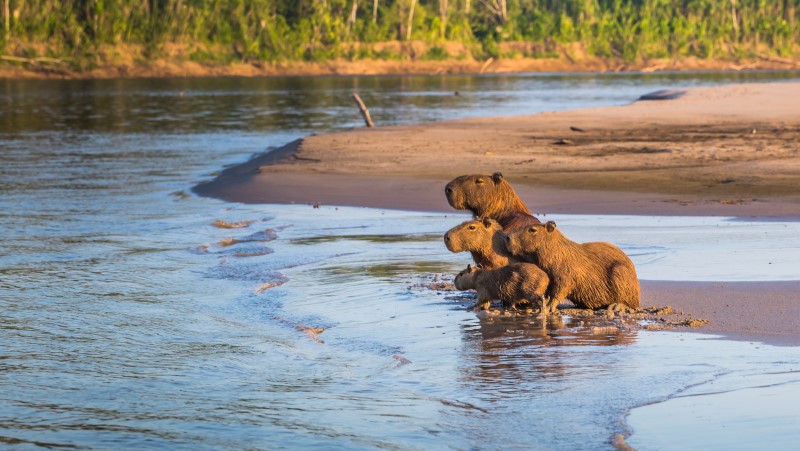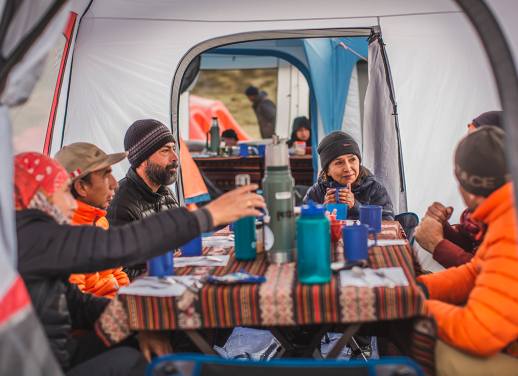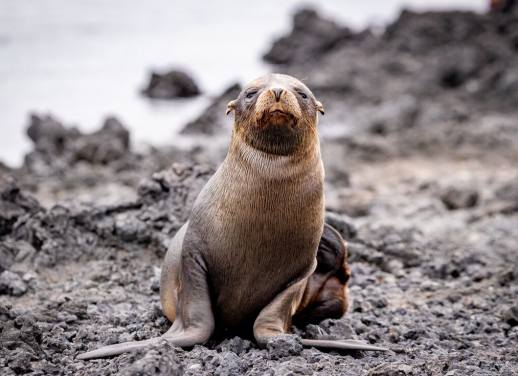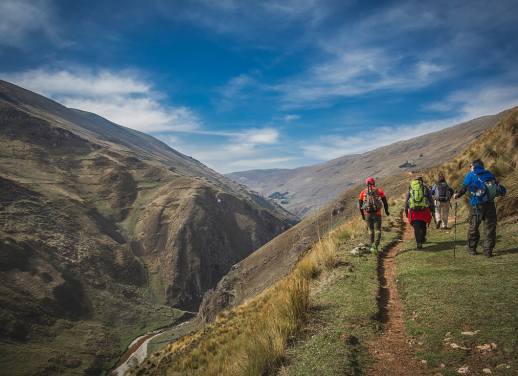Spanning a mind-blowing 5.5 million square kilometres, the Amazon is the largest rain forest on the face of the Earth.
This untamed wilderness is home to as many as 40,000 species of plant, several thousand species of birds, over four hundred mammals and 2.5 million different insects.
That handful of numbers alone is probably enough to make you feel overwhelmed! To help ease your mind, I’ve compiled all the information you need so that you can start planning your Amazon trip today.
The best time to go
In truth, the Amazon jungle can be explored all year round. Even in spite of its enormity, the weather conditions here don’t really vary between seasons – expect it to be warm, rainy and humid.
January to June marks the wet season, with temperatures sitting between 23 and 30ºC (that’s 73 to 86ºF). Throughout this half of the year, daily showers are common and can sometimes be heavy. Increased rainfall makes the rain forest feel cooler and the river levels higher. This makes accessing the river easier and swimming more plausible. It’s also worth mentioning that the greater humidity means there are more mosquitos about.
The second half of the year, July to December, marks the dry season. During this time temperatures average around 26 to 40ºC (or 78 to 104ºF) and although there’s less rain, heavy showers are still not unheard of. Decreased rainfall makes jungle feel drier and the river levels lower. This makes exploring on foot easier and offers a great opportunity to spot caimans as they compete for shorter food supplies.
SUBSCRIBE TO OUR NEWSLETTER FOR OUR LATEST NEWS, OFFERS AND COMPETITIONS
Getting there
The vast rainforest spans nine different South American countries including Peru, Colombia, Ecuador and Bolivia – although it’s most prominent in Brazil.
Planning to visit the Peruvian Amazon? Flights can be arranged into Iquitos, Puerto Maldonado from Cusco. Hoping to experience the Brazilian Amazon? Flying into Manaus in the north is your best option. If it’s the Ecuadorian Amazon you’re after, then you can take a bus from Quito into Tena City (five hours) where you can hop in a pickup truck. Or, if you’re eager to explore the Bolivian Amazon, fly from La Paz to Rurrenabaque (around 45 minutes) and then ride a motor-boat upriver to Madidi.
Joining a short, escorted, group tour is an easy way to escape the trouble of organisation!
Intrepid trips to the Amazon:
What you can see
Fauna
The Amazon Rainforest houses 10% of the planet’s known species, so there’s plenty for wildlife enthusiasts to get excited about. Hiding high in the canopy you might spot slow-moving sloths and all manner of monkeys including howler, spider, tamarin, capuchin and squirrel – to name but a few. Bring along your binoculars too for a closer look at brightly-billed toucans and scarlet macaws.
Lurking on the rainforest floor and on the leaves of lower lying plants you might see sinister-looking snakes such as green anacondas, boa constrictors and eyelash vipers. Also, look out for tiny poisonous dart frogs and cleverly camouflaged insects like the leaf-mimic katydid and moss-mimic stick insect.
Living on the river banks you might find capybara families playing, caimans looking for their next meal and tapirs nibbling on low-hanging branches. Whilst in its murky waters, you may see pink river dolphins coming up for air and giant otters tucking into their fish suppers.
LOVE WILDLIFE? CHECK OUT INTREPID TRAVEL’S FULL RANGE OF ANIMAL-FILLED TOURS
Flora
If you’re more of a plant person, the Amazon offers up lots for green-fingered explorers too. Some of the most fascinating and unusual species include giant water lilies (or Victoria Amazonica), spaghetti passion flowers and monkey brush vines. It’s a brilliant destination for tree lovers too. You won’t be able to walk through the jungle without coming across the humungous roots of the kapok tree. These giants can reach over 60 metres in height!
And, for the foodies amongst us, you’ll also be able to spot the plants that some of our favourite foodstuffs come from including coffee, cacao and bananas.
Where you’ll stay
The most prominent style of accommodation you’ll come across in the Amazon is jungle lodges, regardless of which section you’re visiting. And whilst you can get some incredibly luxury or extremely basic ones, most sit around the 3-star mark. In these lodges, you’ll usually stay in a comfortable twin share or double cabin with an ensuite bathroom. Rooms will be kitted out with mosquito nets and a fan to keep you cool and protected at night.
READ MORE: 5 AMAZON LODGE PHOTOS THAT WILL HAVE YOU PACKING YOUR BAGS IMMEDIATELY
Activities on offer
During your time in the Amazon, the days will be filled by jungle walks and river cruises. These will likely happen at varying times each day to give you an insight into how your surroundings can change. On some nights you’ll have the option to take part in an after-dark jungle walk, offering you the opportunity to spot some nocturnal animals. But if you’re not keen, no worries, you can choose to simply kick back in a hammock. Bear in mind that the day’s schedule can change depending on the weather. Other activities that are sometimes available include rafting, canoeing and swimming.
BOOK NOW: CHOOSE FROM 30+ INTREPID TRAVEL ITINERARIES FEATURING THE AMAZON
Packing essentials
Aside from lightweight, waterproof and moisture-wicking clothing, here are a few more items to pop on your packing list:
- A head torch for night walks through the jungle.
- A pair of binoculars so you can get a closer look at the amazing Amazonian animals.
- Mosquito spray regardless of whether you’re travelling in the wet or dry season.
- Sensible walking shoes, although rubber boots will be provided in most cases.
- A hat to protect your head from the sun when cruising down the river.
- High factor sun cream as you don’t want sunburn putting a downer on your experience.
- A camera as you’ll be presented with an abundance of photo opportunities.
READ MORE: 10 EASY WAYS TO BE A RESPONSIBLE TRAVELLER
5 tips for exploring the Amazon responsibly
1. Adopt a ‘take in, take back out approach’ with your rubbish when exploring the jungle.
2. Keep a respectful distance from the local wildlife, particularly those species that are poisonous.
3. Choose a lodge that invests money back into the local community.
4. Carry a reusable water bottle so that you’re able to refill it from the larger water bottles at the lodge.
5. Listen to your guide and follow the routes they lay out for you.
LEARN MORE ABOUT RESPONSIBLE TRAVEL
What to do in the Amazon Rainforest?
- Enjoy a Junge walk through the world’s biggest Rainforest, the amazon rainforest, discovering the unique and vibrant wildlife, as well as the abundance of amazing plant species on offer.
- Kayak down the Amazon River, exploring the remote, hard to reach areas. Spot the amazing marine life as you navigate down the river and through the dense jungle.
- Get up high and amongst the 70% of the Amazon wildlife which live in the canopy. The Canopy bridge walk is a fantastic way to explore the jungle and must for your Amazon trip.
Ready to experience the Amazon for yourself? Intrepid Travel has over 30 different trips visiting this incredible natural wonder.

